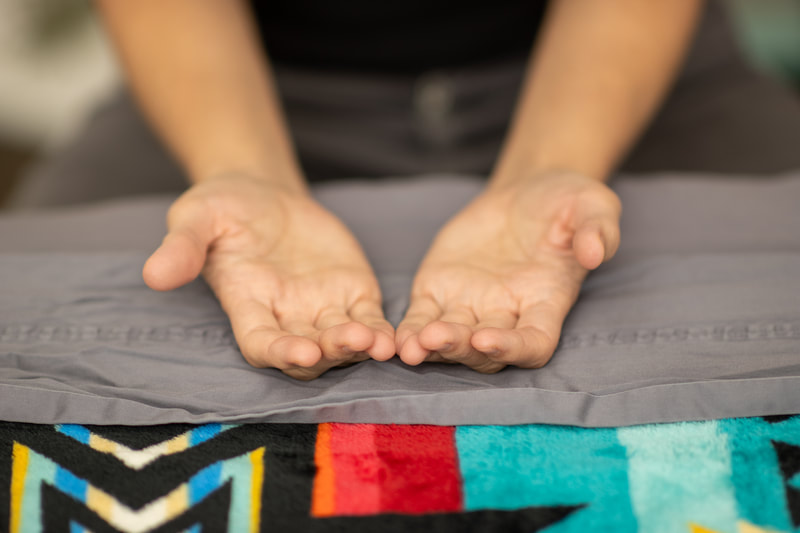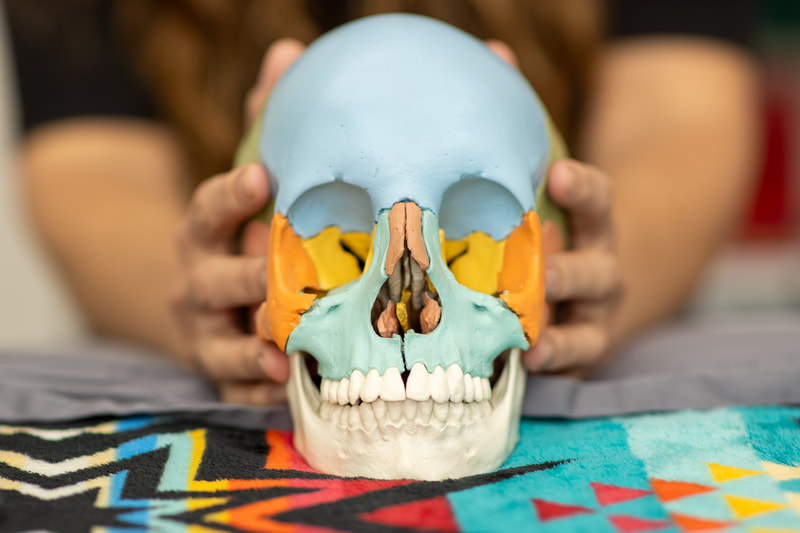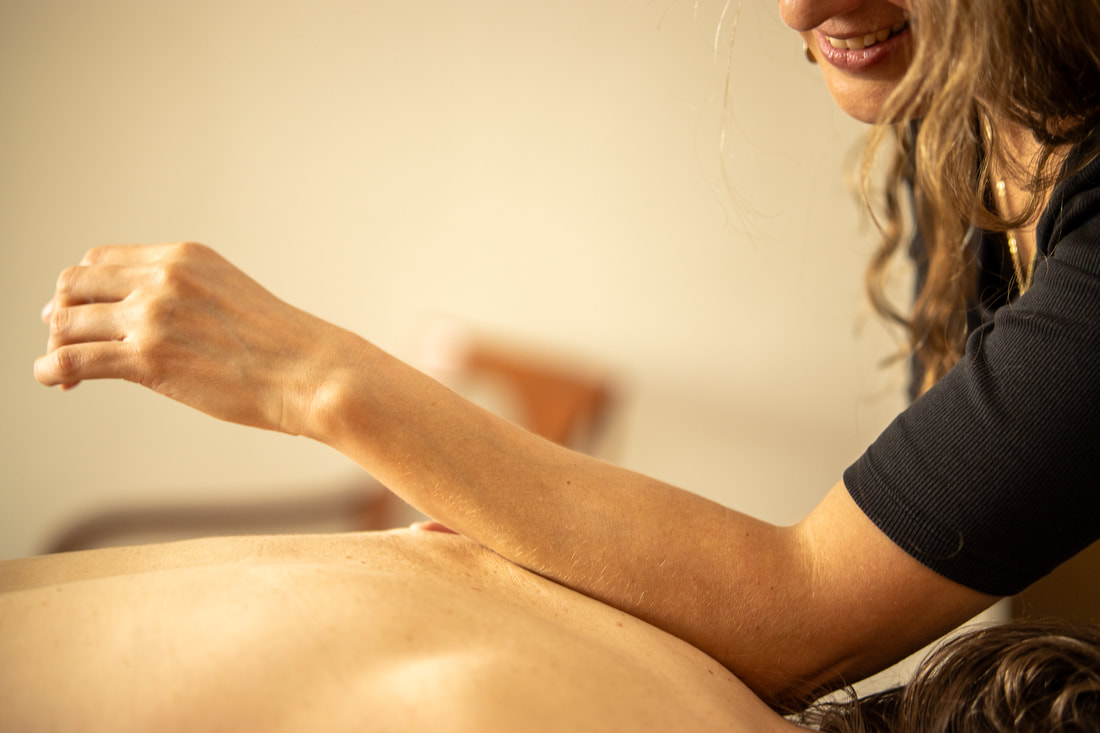Harmonized combinations of the following modalities lead us to deeper and longer lasting levels of release. As changes integrate amidst your daily activities, you may experience new levels of relaxation, a sense of well being and a decrease of reactivity around stimuli that usually trouble you.
|
CranioSacral Therapy ~ The nervous system is a subtle yet powerful force that synchronizes and regulates all eleven of the body's systems. The nervous system is nourished by cerebrospinal fluid. CSF bathes our brains and nerve fibers, keeping the tissues healthy. If you have pain or dysfunction, it can likely be traced back to the nervous system. Regional or systemic restrictions can be eased and parts connected back to the whole through various techniques.
Our bodies are capable of storing immense amounts of information and when we tap into these stores, release can occur. It can look like many things, from small local twitches to the phenomenon of emotional release. It is my honor to hold space for those individuals who experience this level of self-healing during a session. Multiple sessions are encouraged in order to feel the fullest effect of this nuanced and highly important work. |
Intraoral ~ The muscles of the head and face have a profound interplay with the alignment of the skull, jaw, and cervical vertebrae. It's a complex of interconnecting blocks with lines of tension or slack. Having received an Intraoral Endorsement with Washington State's Department of Health, Angeleana can address areas of tension accessible only through the oral cavity. With clear communication we will work together to facilitate release in the muscles that control the jaw in order to alleviate symptoms related to tension headaches, TMD/TMJD, whiplash, sinus issues, and forward head posture among other conditions.
Lymphatic Facilitation ~ The lymphatic system circulates vital immune system allies like leukocytes and macrophages throughout tissues, vessels, and nodes all over the body. It is a major barometer of well being and is said to carry our emotions. When we don't move our bodies, our lymph flow slows down. Metabolic waste builds up and vitality diminishes. Fear not! Lymphatic facilitation can be engaged to encourage restoration of the flow.
|
Myofascial ~
80% of our bodies are comprised of a connective tissue called fascia. It wraps around every muscle fiber and nerve cell: connecting muscle to bone, bone to bone, nerve to muscle, etc. Myofascial massage is concerned mainly with the connective tissue through the muscular system and can impact the fascia of the nervous and organ systems as well. When fascia is bound up in the muscle it can snag nerve pathways that may cause numbness and tingling, or dysfunction in seemingly unrelated areas. |
Neuromuscular Techniques ~ The nervous system is the control center of the body. It facilitates all bodily functions from movement of blood, lymph, and cranial rhythm, to muscle tone and length. Neuromuscular techniques work with the nervous system to release areas of chronic tension in a low impact manner. Positional release, Contract/Relax, Reciprocal Inhibition, and proprioceptive neuromuscular facilitation or PNF can be utilized to prompt the nervous system to reassess where the muscle fibers can and ought to be in space. Everything from trigger points to tender points to tight muscles can be treated with any of these techniques.
Structural Bodywork ~ When an imbalance occurs, compensation happens in order to keep our eyes level with the horizon, a phenomenon named the righting reflex. Structural bodywork can be incorporated into any session in order to balance the relationship between two structures in order to effect the entire unit. This work can be done in athletic gear. Women can wear supportive tops in which they are comfortable getting on and off the table.
Structural Bodywork ~ When an imbalance occurs, compensation happens in order to keep our eyes level with the horizon, a phenomenon named the righting reflex. Structural bodywork can be incorporated into any session in order to balance the relationship between two structures in order to effect the entire unit. This work can be done in athletic gear. Women can wear supportive tops in which they are comfortable getting on and off the table.
From the comfort of your home:
healing at a distance:
Over the phone, this a guided meditation through your 11 body systems will gently engage and bring release areas of restriction in order to restore flow and connection.
Email angeleanab@casapacificamassage.com with inquiries or book with button above.
Healing is a matter of time, but it is sometimes also a matter of opportunity.







